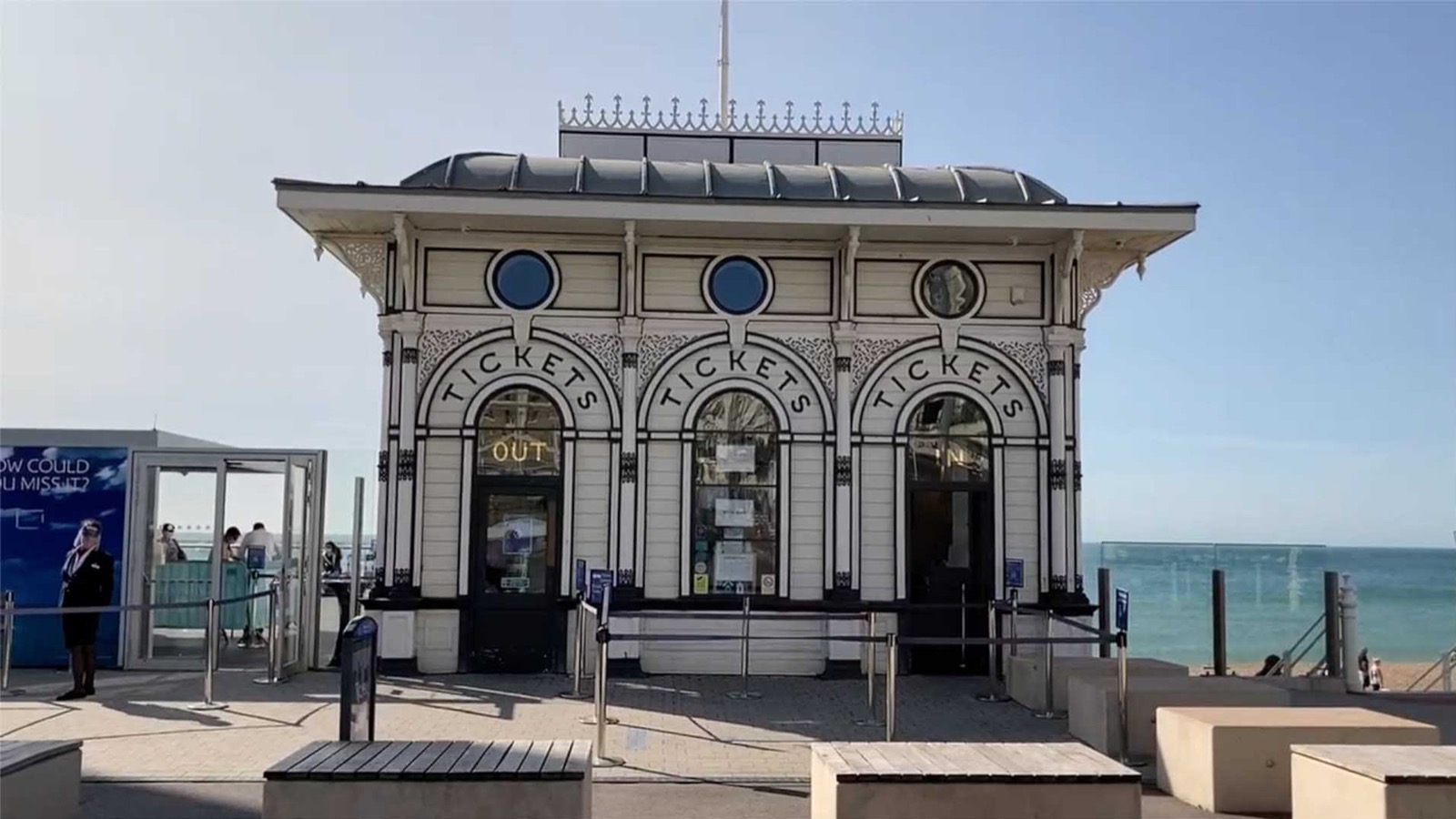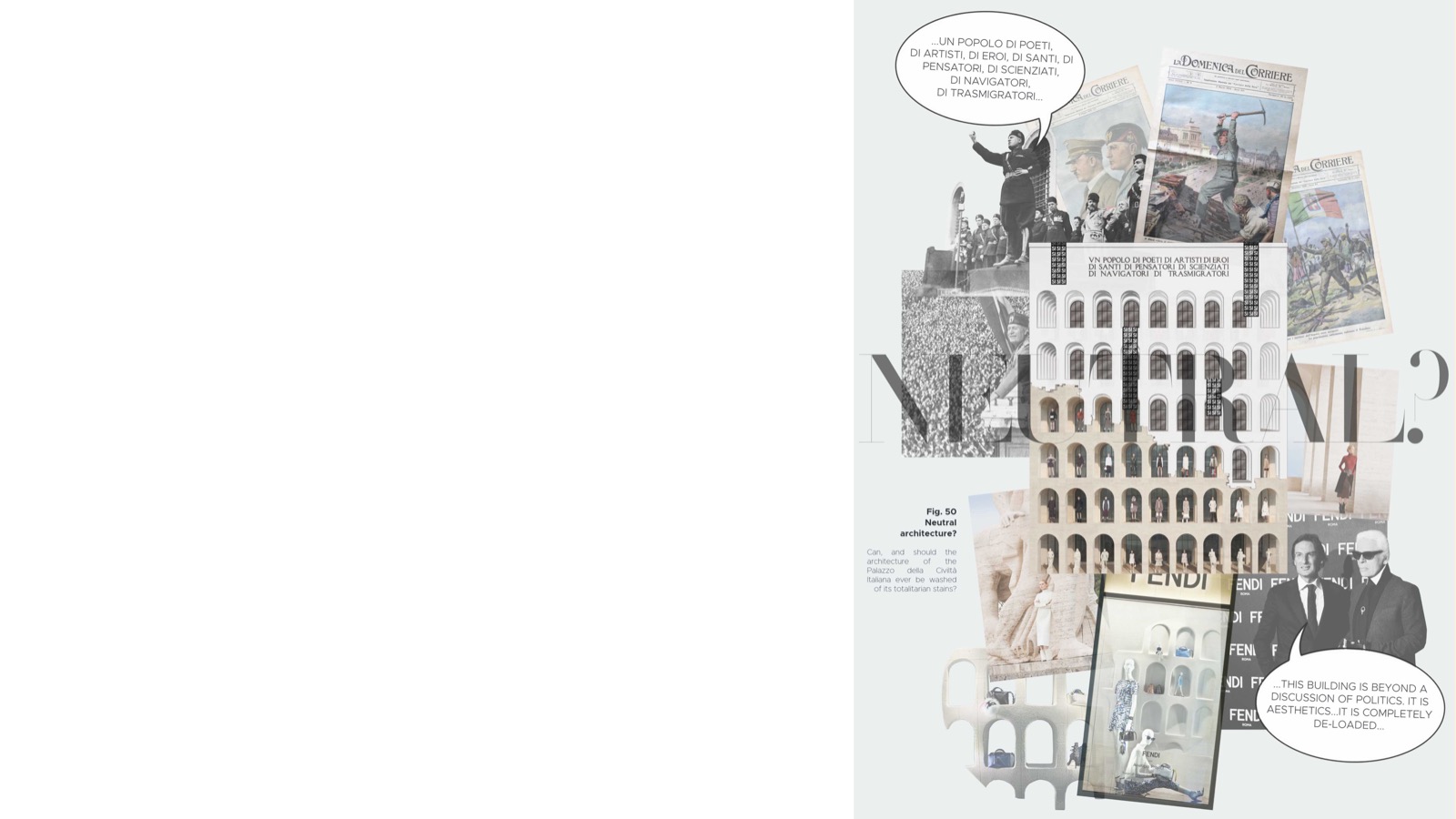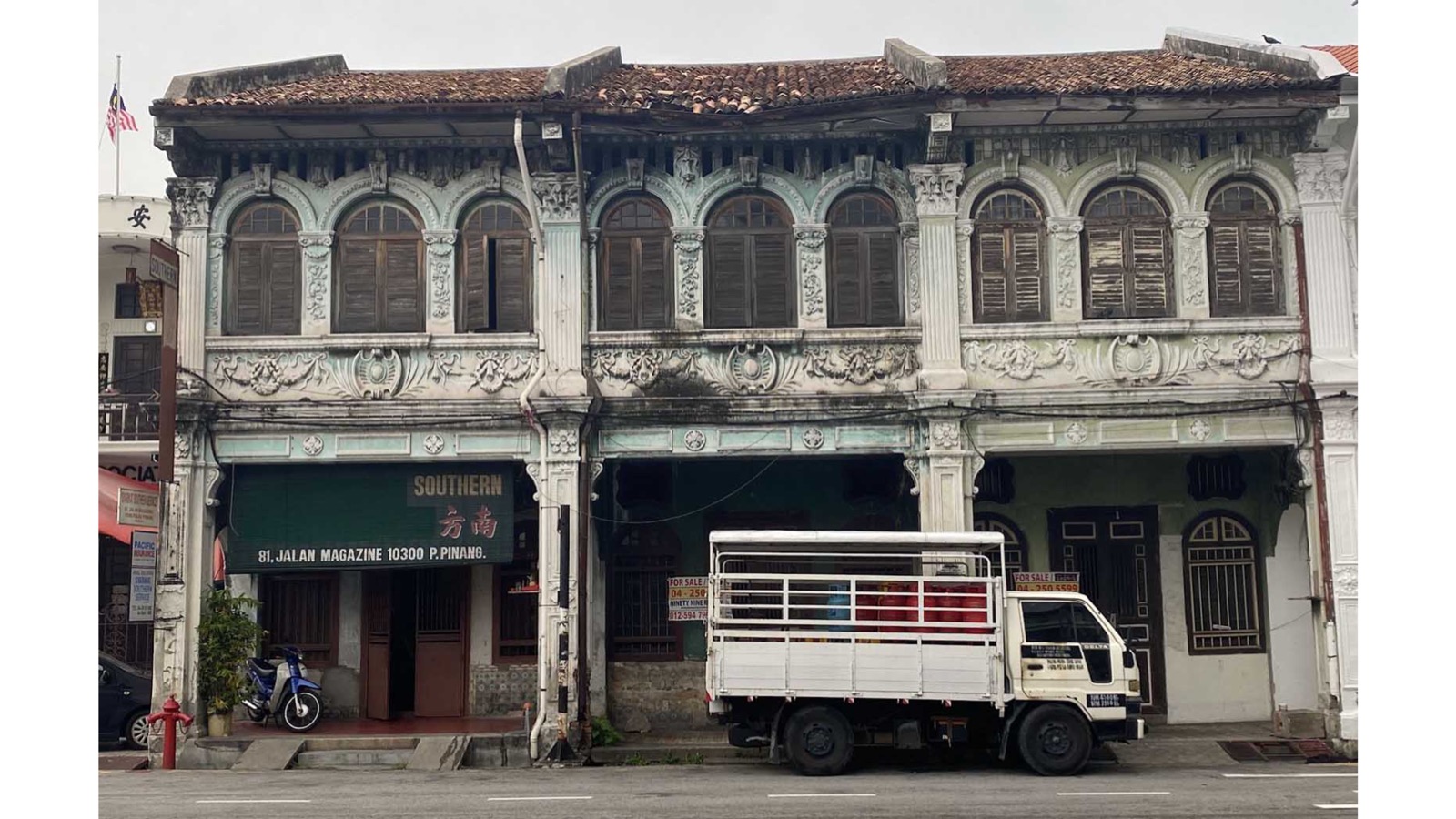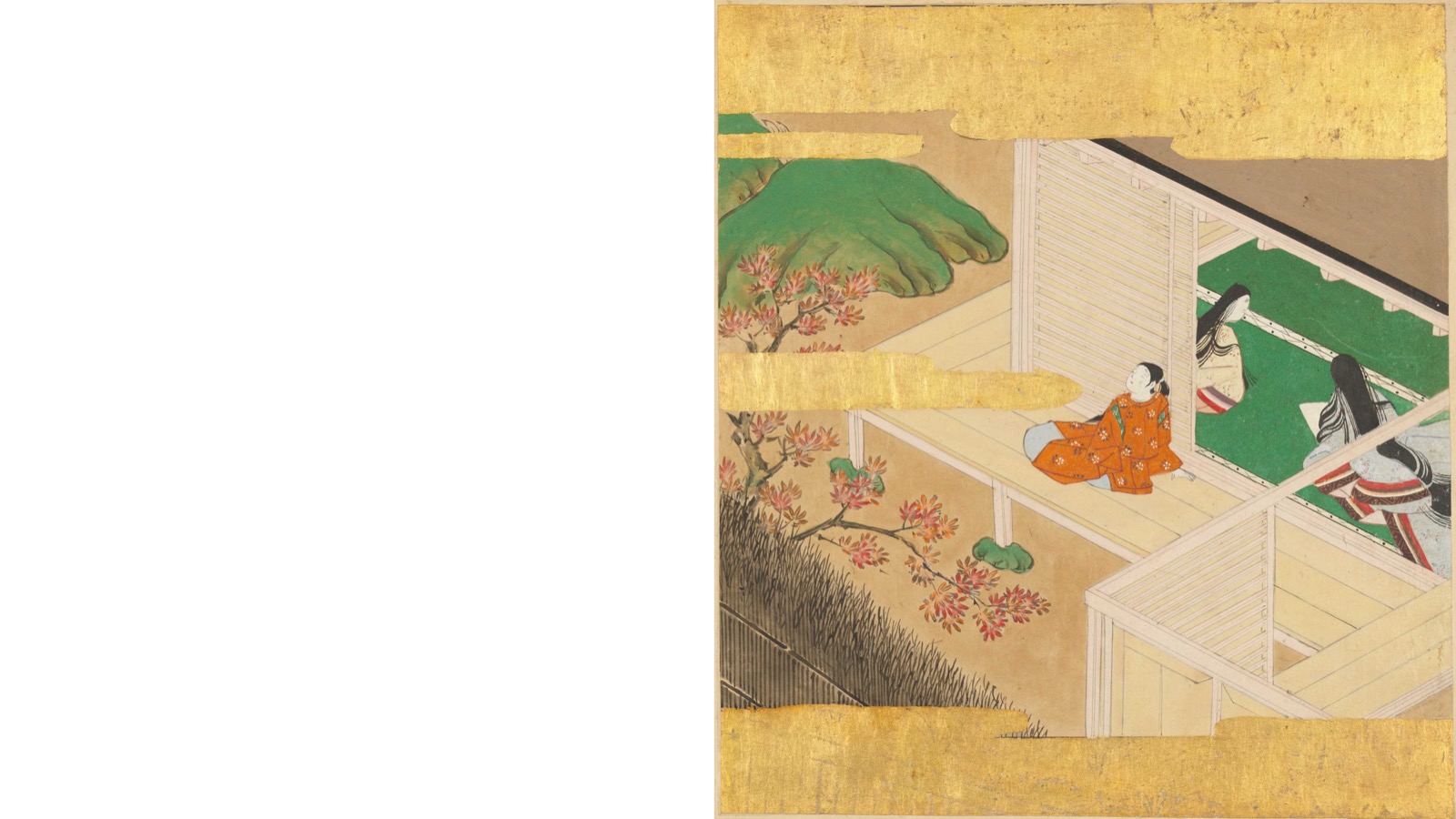BA Cultural Context ARCHIVE
Module Leaders: Nick Beech, Kate Jordan & Ben Stringer
Nick Beech (module leader CC1) is an architectural historian and teaches that history as part of a wide range of material cultural practices.
Kate Jordan (module leader CC2) is an architectural historian with research interests in gender and faith architecture.
Ben Stringer (module leader CC3) teaches design and cultural context. His recent publications focus on ideas about the rural.
All good designers need to be able to research, understand and communicate ideas about design. To do so, they need to know how design responds and contributes to wider interests in the cultural context in which it is practiced. The Cultural Context module is where Westminster students are equipped with the skills to do this. In particular they learn how to articulate ideas about architecture through the production of written text. The Undergraduate Cultural Context module is taken by all students studying degrees in architecture and cognate disciplines. It is structured as a set of three modules, CC!, CC2 and CC3 that students study respectively in the first, second and third years of their degree.
Students in CC1 are introduced to the history of architecture through a lecture programme and seminars which, in usual circumstances, are complemented by regular site visits. Elementary spatial themes, ideas and broader contexts of architectural production from around 700BC to the present are presented in lectures. Learning the purpose of site visits – to see, analyse and record historic architecture – students put these skills into practice in their own environments. Through regular set tasks and a final essay, students explore and test their understanding of a particular problem or idea in architectural history.
CC2 explores critical issues in contemporary architecture and urbanism. This year, as a result of the pandemic, all lectures seminars and tutorials took place online. The module combined a series of online lectures delivered by staff and guest lecturers on subjects ranging from the use of archive and oral histories to ethnography and social history. This was combined with a programme of pre-recorded lectures on subjects as varied as contested memorials, meanwhile sites and air pollution. Students delivered online presentations on their own site visits and surveys; worked in groups to produce workbooks and conducted independent research on the theme that they had been introduced to in order to write an essay.
In CC3, students research a subject of their choice for their dissertation with the support of seminars, presentations and weekly tutorials from a diverse group of academics. It is an important opportunity for students to begin shaping the particular direction of their future academic and professional careers.
Among the many notable dissertations produced this year were:
Katherine Stewart – Incorporating nature into School Design
Maria Bahrim – Social Condenser: The Constructivist Manifesto for Collective Living
Mario Priore – The Displacement of Architecture through Politics and Time
Youmin Ho – The Shophouses of Malaysia
Jason Jones – The Japanese Shoji and Western Modernism
















